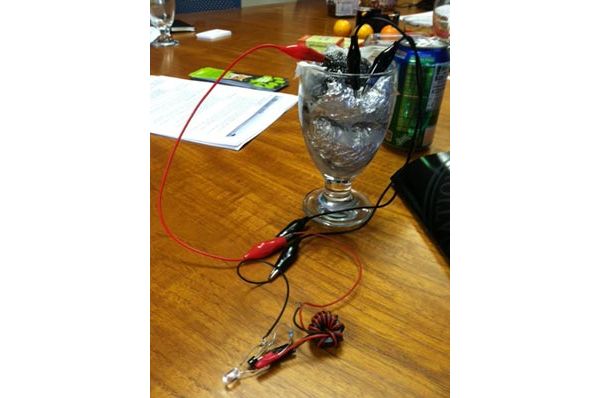
The explorer’s symposium at the National Geographic headquarters this summer witnessed an outstanding innovation borrowed from a child’s project and the mind of a great explorer- T.H Culhane. When our brilliant explorer viewed a video on youtube, where a child used aluminium cans ( any cold drink holder) and turned it into a battery, he was so inspired that with a global perspective and another well known concept called the ‘joule thief’, he gave birth to a cheap electricity plan for the backward and rural patches of the world.
Now ‘joule thief’ is a concept quite judiciously explained by its name, as it uses weak charge to build and convert it into increased energy for all purposes. T.H Culhane used the very same concept to convert a dead AA battery which yields 1.2 volts to power a 3 volt LED light. So now he had in his hands a power saver and almost free of cost ‘can’ batteries.
Nepal is one of the first planned destinations of this innovation, where Culhane anticipated a huge turnover of waste aluminium cans due to the tourist activity. He plans to set up solar and biogas plants, which will run on this technology. The cans initially will be filled with water (usually operated through wood ash so that it can collect potassium hydroxide) and then used simple electrodes such as a brillo pad or pencil lead to help set up batteries and joule thieves then will light up the remote villages with LED lights. This innovation is a perfect union between fundamentals, new age inventions and global concern which has simmered up high potential solutions to village lighting and electricity problems.
Via: National Geographic




